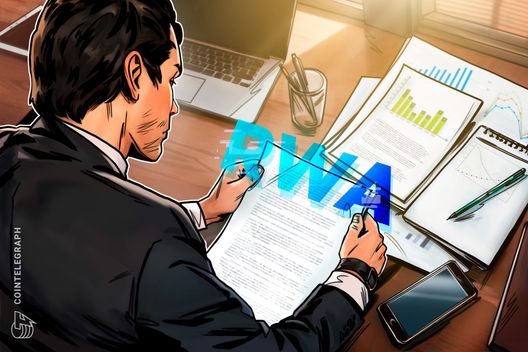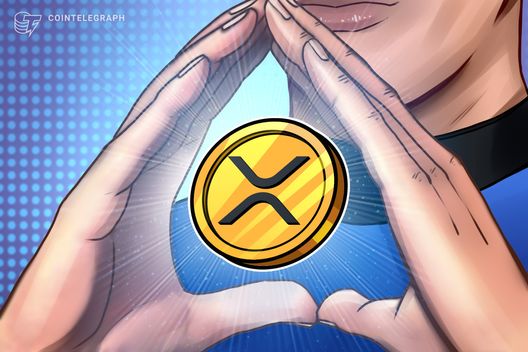South Korea Consumer Price Index Growth (YoY) above forecasts (2.1%) in October: Actual (2.4%)
💡 DMK Insight
Consumer prices in South Korea just hit 2.4%, beating expectations, and here’s why that matters: This uptick signals potential inflationary pressures that could influence the Bank of Korea’s monetary policy. If the central bank feels compelled to tighten rates sooner than anticipated, it could impact the won and related forex pairs. Traders should keep an eye on the USD/KRW, especially if it approaches key resistance levels. A stronger won could also affect export-driven stocks, so those in the KOSPI might see some volatility. But here’s the flip side: if inflation continues to rise, it could also dampen consumer spending, leading to slower economic growth. This duality means traders need to be cautious—monitor the upcoming economic indicators for signs of consumer sentiment and spending patterns. Watch for any shifts in the Bank of Korea’s rhetoric in the next policy meeting, as that could provide clues on future rate adjustments.
📮 Takeaway
Keep an eye on USD/KRW for potential resistance levels as inflation pressures could lead to rate hikes from the Bank of Korea.

 Bitcoin
Bitcoin  Ethereum
Ethereum  Tether
Tether  XRP
XRP  Wrapped SOL
Wrapped SOL  USDC
USDC  Lido Staked Ether
Lido Staked Ether  TRON
TRON  Dogecoin
Dogecoin 





